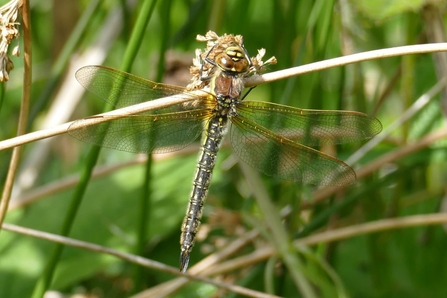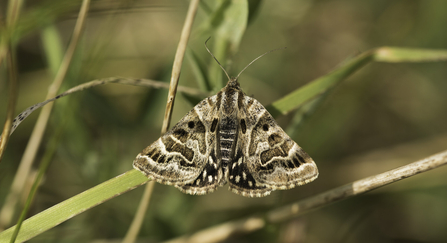But that wasn’t all there was to see at our nature reserves in May. Take a look at what our staff, volunteers and visitors spotted.
Mere Sands Wood
There’s nothing like a woodland in spring, especially when that woodland is Mere Sands Wood. The reserve was at its idyllic best last month, with inquisitive bank voles foraging around the bird feeding station and buzzards perching on the gnarled branches of old trees. Blue tits began nesting in inconspicuous tree holes and wrens sung at the top of their voices. Speckled wood butterflies followed visitors up and down the footpaths, pausing to bask on sun-soaked leaves.



